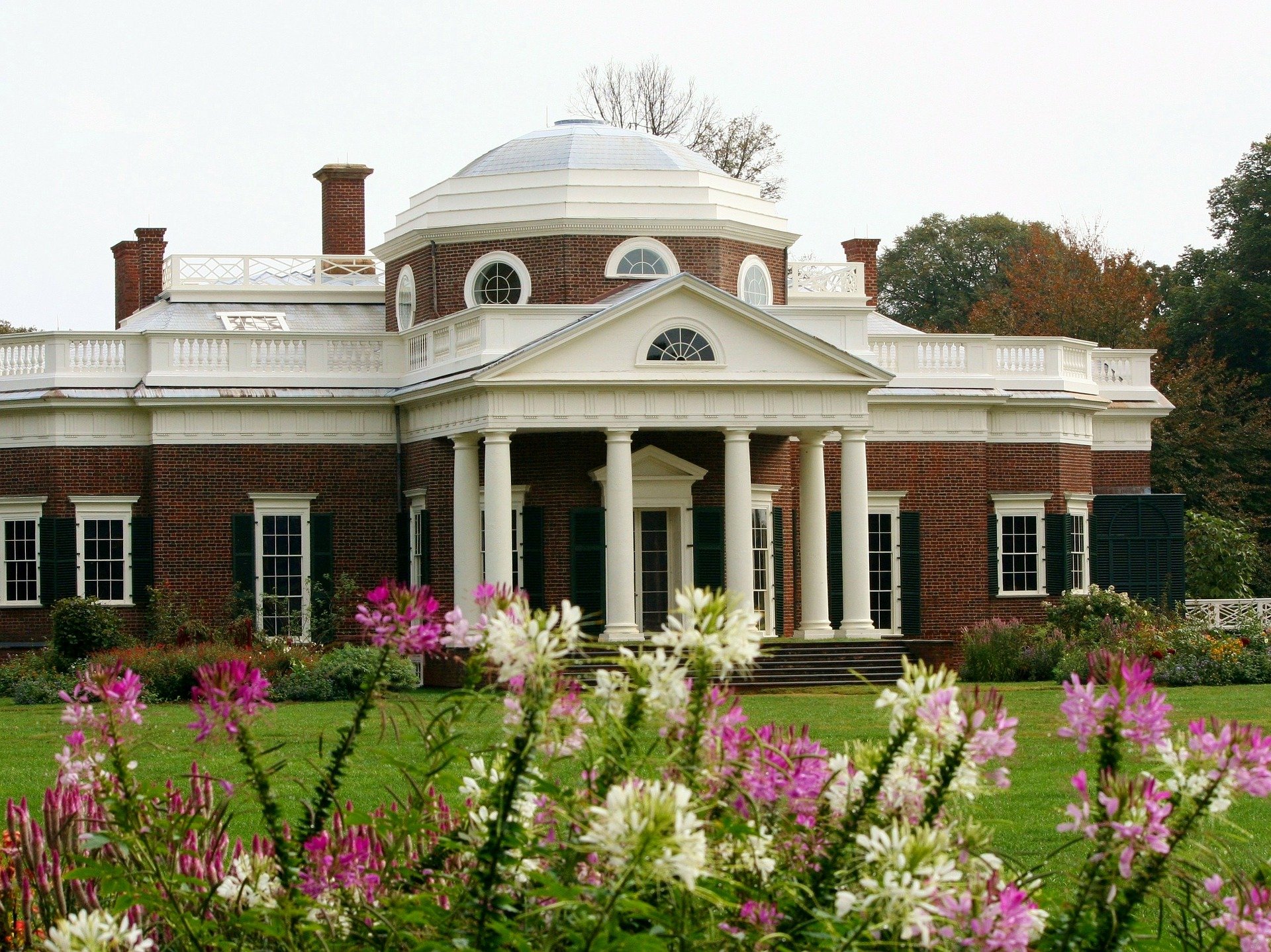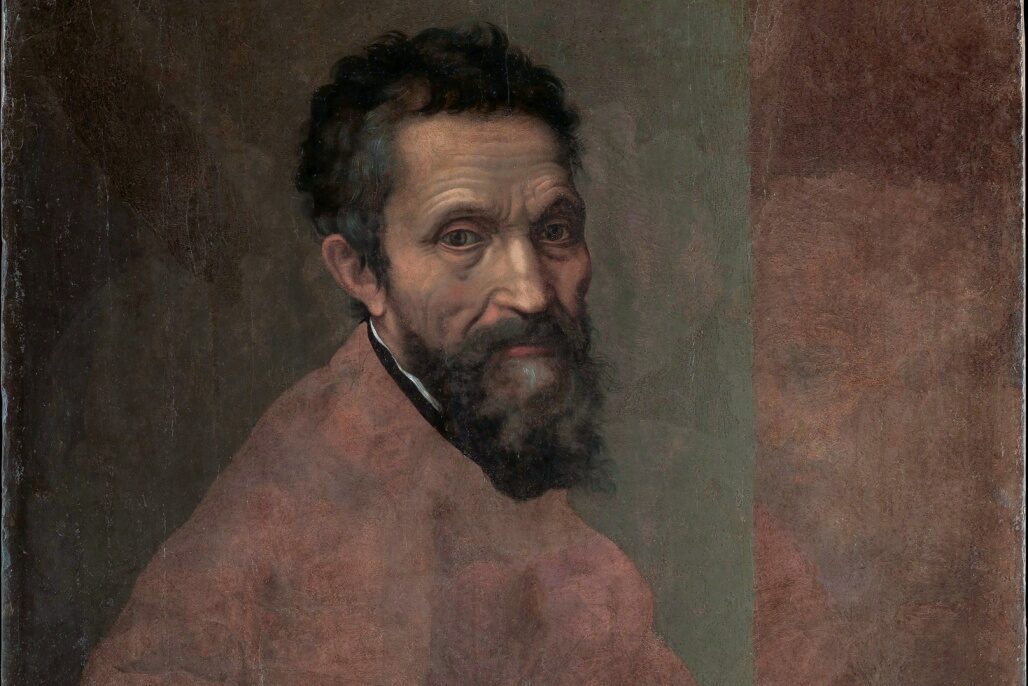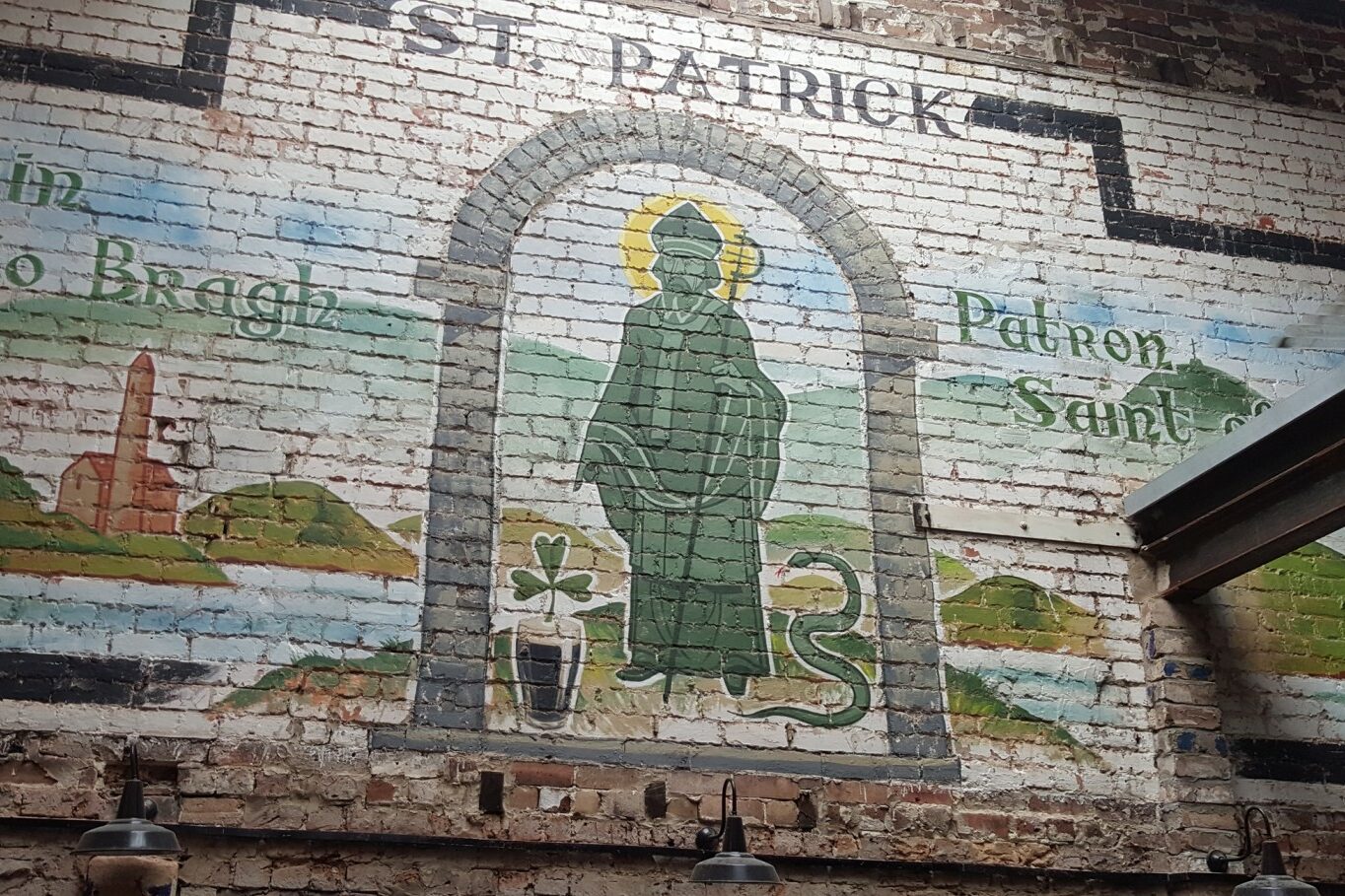Dear Readers,
In February we traditionally pause to celebrate lovers (Valentine’s Day) and Presidents. Once Abraham Lincoln (Feb. 12) and George Washinton (Feb. 22) were honored individually; now they are collectively celebrated on Presidents’ Day (Feb. 16.).
Our third President, Thomas Jefferson, had a life-long for Italy and things Italian, as early as 1764 during his college days.
Thomas Jefferson was born in Virginia on April 13, 1743 and died on July 4, 1826. He served as our third president from 1801 to 1809. He was 28 years old when he married a young widow, Martha “Patty” Wayles, on New Year’s Day 1772. He was nearly 40 when his wife died in 1782.
***
Monticello and Mazzei
The inspiration for the layout and architecture of Thomas Jefferson’s mountain-top home, Monticello, are clearly Italian. There is also ample evidence to suggest that Jefferson’s long conversation with his Florentine-born neighbor, a talkative Italian exile-turned-wine merchant name Philip Mazzei, inspired the language used in the Declaration of Independence. In an article translated by Jefferson, Mazzei wrote, “all men are by nature equally free and independent”.
Phillip Mazzei appeared at Monticello in the winter of 1774, accompanied by Jefferson’s London merchant-agent, Thomas Adams. He became a houseguest at Monticello, brightening the last two months of 1774, for Jefferson, who had lost his sister Elizabeth (age 29) earlier that year. When a series of earthquakes had rocked the buildings at Monticello on February 21, 1774, Elizabeth had run outdoors in the raw winter weather and, confused, wandered away. She was found dead three days later.
Mazzei, then 43, had been trained a surgeon in Florence, worked as a ship’s doctor, then practiced in the Middle East before settling in London, where he had been a wine merchant for many years. A well-known horticulturalist, he had sailed to Virginia to introduce the culture of grapes, olives and whatever fruit trees would flourish there, and had brought his own crew of Italian vineyard workers with him.
Jefferson indulged some of his favorite activities: building, gardening, buying and selling land. He drew up the charter of a joint stock company for his new friend and neighbor, Philip Mazzei, buying a fifty-pound sterling share in a scheme to cultivate silk, grow wine grapes, and raise olive trees on Mazzei’s slopes near Monticello, all without slave labor and relying on Italian vignoble imported from Tuscany.
From April 1774, his notebooks were crammed with plans and expenditures to produce wine in the first large-scale viticulture experiment in North America. That he was not alone in this inability to foresee events is testified by the other shareholders, who included both George Washington and Lord Dunmore. According to local legend, Jefferson was able to greet the thirty vignoble in their own Tuscan accent. The men, who had heard only English for many months, wept.
***
Jefferson on Wine
Jefferson, who seldom dined alone, discovered that fine wines and food were a great way to meet informally with political friends and foes, never talking politics, but dropping a hint here and there of how he felt on a subject. And he used these nightly dinners as a form of legislative lobbying.
Jefferson’s first exposure to Italian wines had been during his trip into northern Italy in 1787, and he was particularly impressed with those made from the Nebbiolo grape. He served 250 bottles of Nebbiolo while President, but his favorite Italian wine was from the hilltop of Montepulciano located about 40 miles south of Siena in southern Tuscany.
***
Jefferson and Women
Meeting the beautiful Italian-born Maria Luisa Conway in 1786 rekindled Jefferson’s love for things Italian. A widower, the celebrated Virginian fell in love with Maria Luisa (Hadfield) Conway the moment they met in early October of 1786, while visiting Paris.
According to Willard Randall, author of “Thomas Jefferson, A Life”, Maria had been born in Florence, Italy, the daughter of the owner of a resort that catered to English travelers. Her parents were English Protestants, but Maria Luisa learned to speak Italian better than English, and having attended convent schools, soon became a devout Catholic. When Maria Luisa was 20, her mother, after being offered a lifetime settlement for herself, promised the Botticelli-like beauty in marriage to wealthy stout suitor twice her age, Richard Conway.
Thomas Jefferson had been widowed for four years, faithful to a vow he’d made to his wife on her deathbed that he would never remarry so that their two daughters, Patsy and Polly, would not be raised by a stepmother, as she had been. But no sooner was Jefferson introduced to Maria Luisa than he began to devise how he could spend every possible moment with this lively, beautiful lady. Soon he was contriving to develop projects with an “Italian connection” to prevent prolonged separations, for example a possible visit to view art in Maria Luisa’s birth city of Florence, brushing up on his Italian conversations, now rusty since the departure of his neighbor Philip Mazzei.
But Jefferson always had a pragmatic side. Especially after a long series of diplomatic checks in London and Versailles, he had become determined to break United States economic dependence on England and France by forging new trade ties with Italy. Especially interested in diversifying plantation agriculture and improving the lot of laborers, black and white, in his native region, Jefferson wrote to Governor John Rutledge of South Carolina in 1788, shortly after his tour to the Mediterranean, “Italy is a field where the inhabitants of the Southern States may see much to copy in agriculture and a country with which we shall carry on considerable trade”.
Unfortunately since Signora Conway inconveniently already had a husband who had business to attend to in England, and since Thomas Jefferson had business in the United States, the romance was just one of those things, and remained just a happy memory for the lifelong Italyphile president.
































